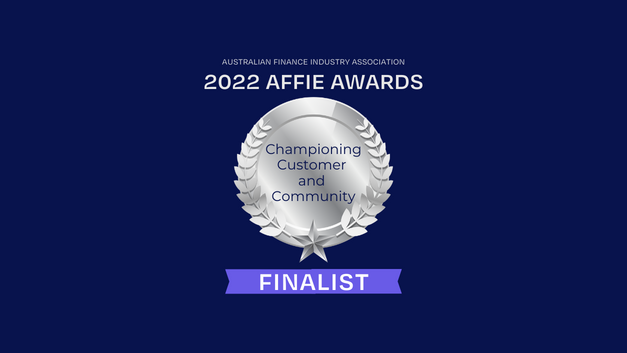With so many payment plan providers on the market, it’s hard to know which solutions offer the best results for your students and your organisation. If you’re conducting due diligence on payment providers, use these six questions as a checklist — evaluating each of your options against these universal questions will help you get clear on which payment solution is best for your educational organisation.
1. Do you specialise in education and training finance?
The most important question to ask is whether the payment provider specialises in higher education and training. When we talk about specialisation, we’re talking about a provider with a purpose-built B2B solution that accommodates the specific payment requirements of a particular niche — and in this case, that’s education.
When a provider specialises in your industry, it gives them a deeper understanding of your unique business challenges, opportunities, and requirements. They’ll be better equipped to help you grow enrolments and drive overall business growth. And as you work together, they’ll be able to adjust their platform and processes, and develop new products and solutions to better serve your needs.
2. Do you offer a range of payment solutions?
Here’s a big red flag for payment providers: they only have a single, inflexible product offering. No matter how good a particular product might be, there’s no such thing as one-size-fits-all in the payment solutions industry — particularly when it comes to student loans.
Specialist providers know this, which is why the best ones have a full suite of financial solutions to cater to your business’s unique needs, such as alternate options, portfolio management, and cash advances. Ask providers about their customisation options for your business. With so many unique students on different journeys, customisation is key to helping both students and their education providers thrive.
3. What is your background checking process for students — and for education providers?
It’s important that your payment provider conducts appropriate due diligence and credit checks on students before offering payment plans. This isn’t to exclude particular students from financing their studies, but rather to protect them from taking on debt they might struggle to pay back.
Your payment provider should conduct credit checks on all student applications, and make relevant inquiries to ensure the student has regular income and has been employed full-time or part-time for at least six months prior to applying. These checks demonstrate that a student can meet the required repayments, which is crucial for their wellbeing, and the financial health of your business.
It’s also important that a payment provider assesses the financial health of your education business — including completing a thorough check on your financial position in the past financial year. This is something ASIC requires payment providers to do, but it also helps make sure that their services are the best fit for you and your students.
4. How do student repayments work?
Students should have the ability to set up direct debits at a frequency of their choosing — whether it’s weekly, fortnightly, or monthly. This process should be as smooth, efficient, and automated as possible, but that’s not all.
Students need to know that if they require technical help, have trouble making a payment, or need to change the arrangements of their payment plan, they can speak to a friendly human as quickly as possible. At ZeeFi, we call this a people-first approach to student loans, and it can make all the difference to your students’ educational experience.
For payment providers, good customer service requires empathetic customer experience agents who are always available to talk, and who can have genuine, down-to-earth conversations with students in an individualised process — one that carefully considers student needs and upholds the reputation of your institution. Every touchpoint your students have with your payment provider is not just a reflection of your payment provider’s brand — it’s also a reflection of yours. Consider this aspect of a payment provider’s offering carefully before you sign on.
5. Can you manage our existing student payment plans, as well as those of incoming students?
Many education providers are still dealing with historical payment plans that consume valuable administrative time and resources. Working with an industry-specific payment provider that is willing to take on your existing students’ payment plans allows you to outsource the risk and management of these existing plans. When your entire student payment portfolio is managed externally, your team members are free to focus on what they do best — helping students achieve their learning goals.
6. Are you a regulated loan provider?
It’s important to work with a regulated provider — this protects you and your students from fraud and financial harm. For example, ZeeFi provides regulated consumer loans under our Australian Credit Licence. In doing so, we must comply with the National Consumer Protection Act 2006 (Cth), the National Credit Code and must meet ASIC’s requirements in relation to consumer lending. Ask about a payment provider’s licensing and compliance — it might not be exciting, but it’s incredibly important.
Find the solution that works for you
At the end of the day, there is no one-size-fits all checklist for selecting a payment provider to partner with over the long-term. You’re looking for the right service fit, but also the right feeling about your payment provider. So shop around, ask the right questions, and above all — trust your intuition.
Shopping for payment solutions?
Talk to ZeeFi about our tailor-made payment solutions for education providers. We’re passionate about helping education providers unlock capital for increased enrolments, and removing financial barriers so students can reach their full potential.



